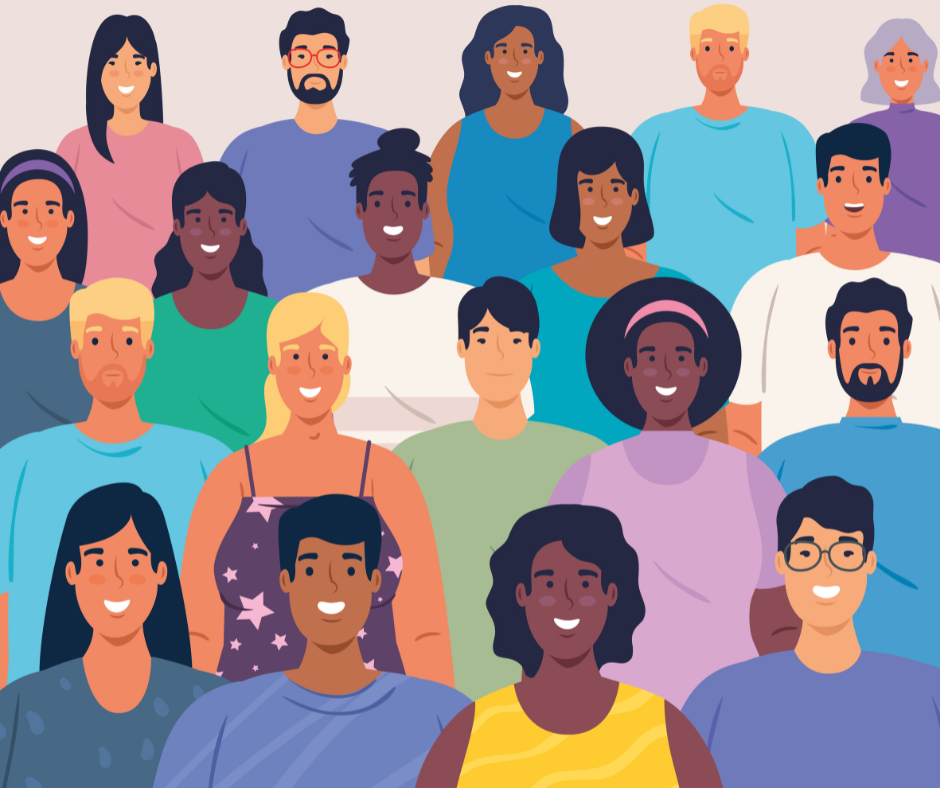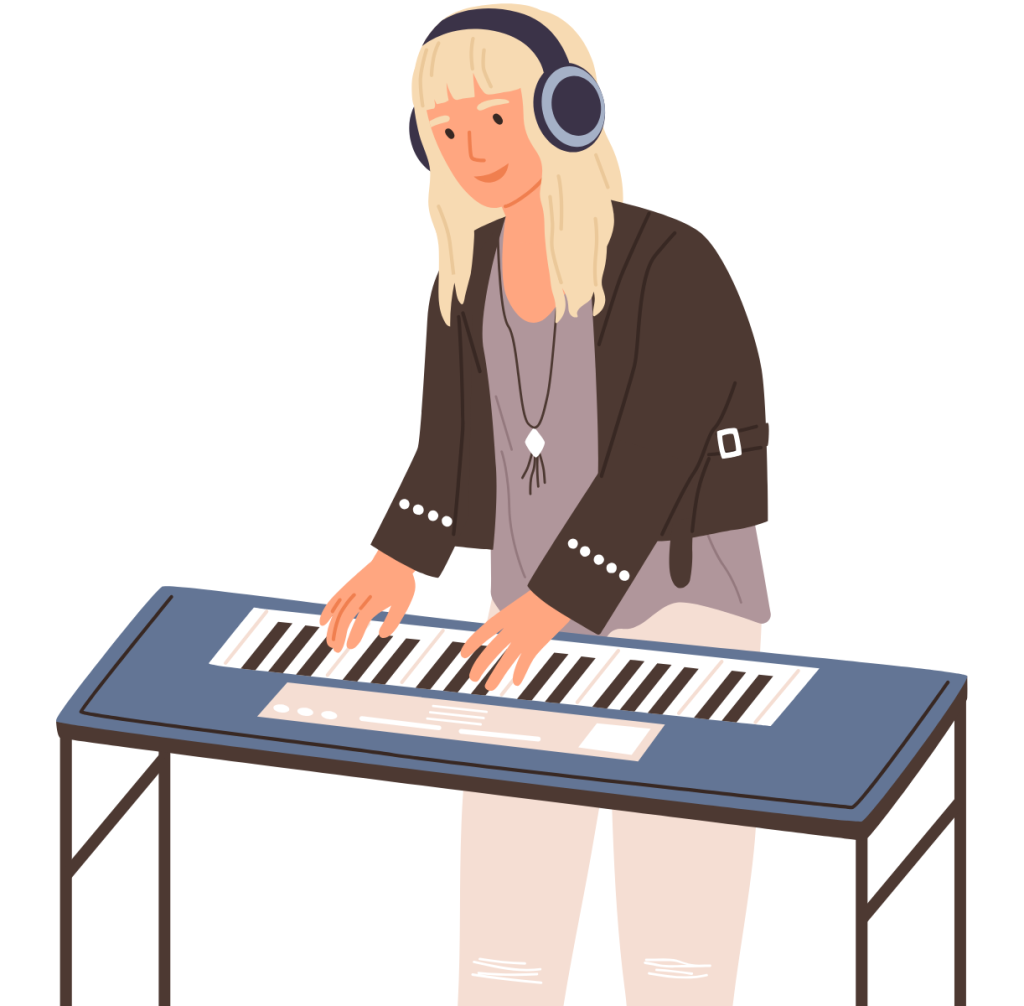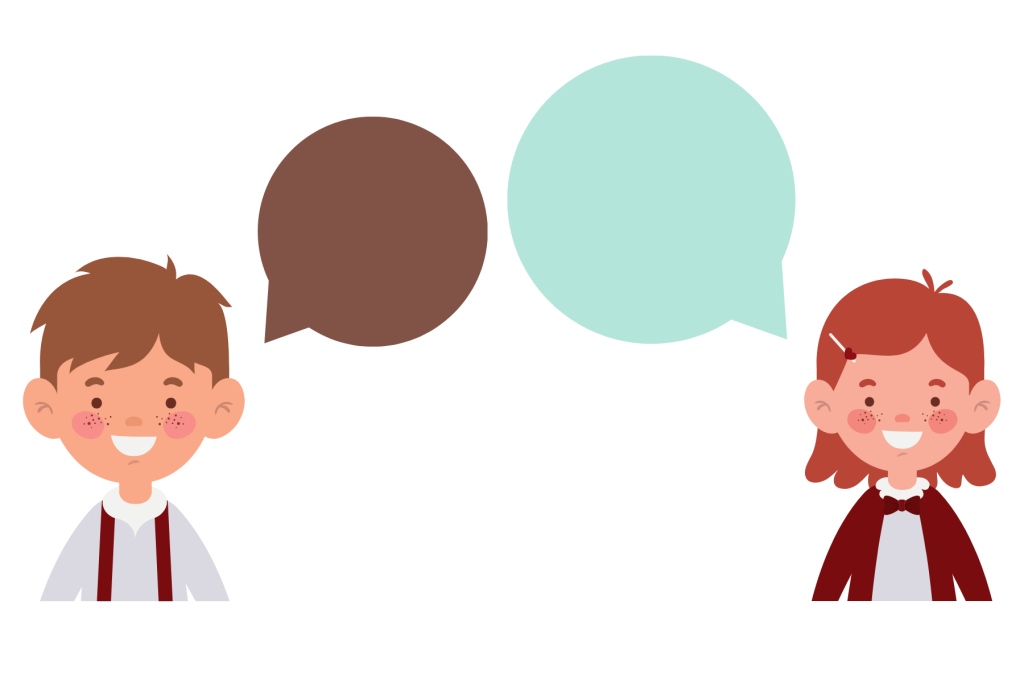Musical Inclusion
Inclusion is central to our values, our plans, and our actions

Octagon Music Hub Inclusion Strategy
The Hub’s Inclusion strategy sets out the foundations to build an inclusive music education culture where all children and young people are valued and recognised for their unique qualities, ideas, voices, and perspectives and where they can see the hub as providing a range of diverse and suitable musical opportunities and progression pathways.
Inclusion is at the heart of all the Hub work, it is a collective responsibility and a priority. The inclusion strategy develops hand-in-hand with the Local Plan for Music Education (LPME) and it looks to focus on priorities through two ‘lenses’: Children in Challenging Circumstances and HEARD (Holistic, Equitable, Authentic, Representative, Diverse).
The first one of these ‘lenses’ is Dr Mullen’s Taxonomy of Children in Challenging Circumstances (Mullen, 2011) (Deane and Mullen, 2018, revised 2020), which categorises these young people in groupings that would call for different educational/organizational approaches:
| Identity or background | Life condition | Geographical issues | Life circumstances | Behavioural issues and children with Social, Emotional and Mental Health Difficulties (SEMHD) |
|---|---|---|---|---|
| Where issues and structures within the dominant society create inequalities and barriers to musical progression for people with particular identities and backgrounds. That could include gender, ethnicity, sexual orientation, cultural or faith-based backgrounds. | Young people with learning difficulties, physical and/or sensory impairment, lifelong complex needs and/or communication difficulties. | Young people with a challenge related to where they live. This could be about such issues as rural isolation or living in areas of social and economic deprivation or issues of geographical safety. | This category involves a range of groups of children who can often fall through the cracks. It includes young carers, children of armed forces service personnel, bereaved children, children who are looked after and many other groups and individuals. | Young people with behavioural, emotional, and social difficulties especially those who become excluded from mainstream school. |
The second ‘lens’, HEARD, has been developed by national funding organisation Youth Music:
| Holistic | Equitable | Authentic | Representative | Diverse |
|---|---|---|---|---|
| Placing emphasis on personal, social, and musical outcomes. | People facing the biggest barriers receive the most support. | Developed with, and informed by, the people we do it for. | The people we work with as participants and colleagues reflect our diverse society. | All musical genres, styles, practices are valued equally. |
Pillars and Priorities
To ensure that the principles of inclusion, diversity, equity and access are considered across all areas, this strategy is broken down into five main pillars:
| 1. Cultural Change |
| 2. Workforce Development |
| 3. Raise Our Voices |
| 4. Develop The Offer |
| 5. Monitor Progress |
Within each pillar there are one or more priorities which lead the planning, evaluation and embedding of the inclusion strategy across all hub work.
The Octagon Music Hub Inclusion Strategy has 15 priorities:
1. Cultural Change

1.1 Culture, policies, procedures and resources are in place to support inclusion
Cultures, policies, procedures, and resources are in place to support inclusion and to ensure that appropriate and continuing resources are secured to enable the inclusion strategy to succeed.
1.2 Inclusion is embedded in the hub and there is a strong collective vision for inclusion
The hub works with all partners to develop a strong collective vision for inclusion, relationships with and between partners are deepened and strengthened. Networks are put in place and/or supported to further inclusion.
The hub adopts an inclusive vision, mission and values and leaders actively prioritise inclusive values to ensure the continuous development of the hub’s practices. There is a widely held perception of the hub as one that embraces and foregrounds inclusion and diversity.
1.3 Diverse team and participants
The hub workforce and the governance bodies are diverse and include under-represented communities.
There is an increased engagement with the music of different cultural communities in the hub and the music offered increasingly reflects the interests of the young people the hub wishes to engage.
1.4 The hub adopts the use of the Youth Music Quality Framework, all partners agree on professional expectations for quality inclusive work.
All partners adopt the use of Youth Music Quality Framework and agree on professional expectations for quality inclusive working.
2. Workforce Development

2.1 All hub workforce has sufficient skills to deliver a musically inclusive practice
All deliverers working for the hub have appropriate and sufficient skills to implement, deliver and to support musically inclusive and nurturing practices and appropriate musical and creative development with all children and young people.
2.2 Ongoing commitment to professional development in areas relating to inclusion
Some of the workforce is at expert level within their area of inclusion. There is a core team of inclusion champions within the hub who are skilled professionals in inclusive practice.
Good practice is shared across partners.
3. Raise Our Voices

3.1 Messaging and communications reflect raised awareness of the hub’s role and the opportunities available for inclusive music-making.
Hub messaging and communications are reviewed with and raise the profile of the hub as an inclusive organisation.
Hub communication is accessible and showcases diversity and inclusion.
4. Develop The Offer

4.1 SEND focused, offer driven by youth voice
There is a diverse offer with emphasis on performance, recording and celebratory opportunities for children with SEND with a view to be promoting equity of provision.
4.2 Wellbeing and SEMHD focused, offer driven by youth voice
The hub engages with children with SEMHD, including those at risk of school exclusion or at risk of becoming involved in the youth justice system.
Promotion of wellbeing through musical engagement is a core aspect of the hub. Holistic approaches that support participants’ wellbeing are foregrounded.
There is an understanding and focus on the mental health of young women.
4.3 Early Years focused
The hub implements a comprehensive early years programme, based on creativity and emotional intelligence, and targeted primarily at areas of the county with high deprivation and social isolation.
4.4 Music Tech focused, offer driven by youth voice
The hub substantially develops music tech provision in Somerset and Dorset, including Continuous Professional Development (CPD) opportunities for all music practitioners in the hub.
4.5 Targeted to working with children in challenging circumstances, offer driven by youth voice
The hub develops a targeted programme across Somerset and Dorset working with deprived young people and those at risk of exploitation.
4.6 Increased emphasis to long-term engagement and multiple progression routes, offer driven by youth voice
There is an increased emphasis on a move to long-term engagement in music and a culture of progression for all children. The hub offers clear progression routes for all children.
5. Monitor Progress

5.1 Data as a driver for inclusion
The hub increasingly uses data (from multiple sources), as a driver for inclusion, particularly on the level of engagement, retention, and progression of children facing barriers.
5.2 Monitoring and evaluating the quality of inclusion across the hub is embedded and influences future strategy
This includes both project delivery and project management. This is underscored by a commitment to structured reflective practice from the whole workforce.
